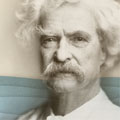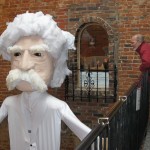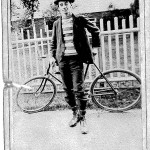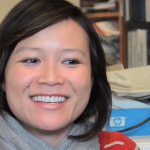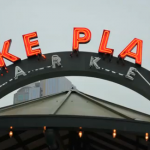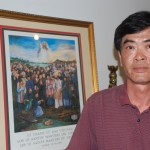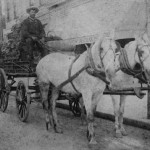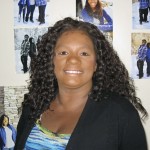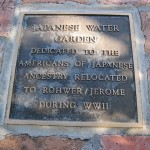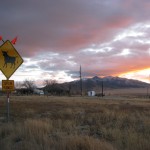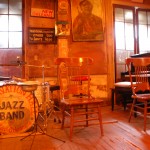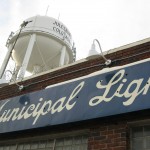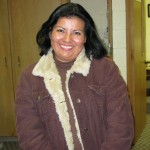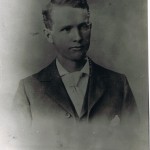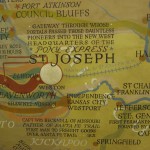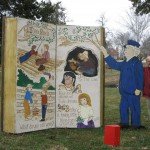As a graduate of Haverford College in 1963, when the student body of 450 was all male and virtually all white (James B. MacRae Jr., was the only black student in our class), I was curious why it took a Quaker college so long to diversify.
After all, the Quakers, the Religious Society of Friends, played a prominent role in anti-slavery efforts and the education of blacks in the 18th and early 19th century.
So I met with Philip A. Bean, Haverford’s associate dean and dean of academic affairs, and viewed an exhibit on Haverford’s struggle to diversify that he made available.
While I view Quakers’ footdragging on diversity at Haverford and in their residential neighborhoods as a bothersome blind spot, Dean Bean takes a more philosophical view: “However much we have a responsibility to strive for change, a failure to recognize the limits inherent in the human condition is, it seems to me, at the root of the despair that is itself often the enemy of constructive change.”
Through the 1930s the student body consisted of, as the exhibit said, “almost exclusively whites from well-established higher economic status American Protestant families.”
Some students of color from abroad, in part due to Quaker missionary efforts, gained admission: Man Hoe Tang ’15 from China and Osmond Pitter ’26 and Cuthbert Pitter ’34 from Jamaica. And a few Jews and Italian-Americans completed Haverford, though not without notice. Victor Lamberti ’26 of the Bronx, perhaps the college’s first Italian-American graduate, was known as “Wop.”
Even before the civil rights era, students pushed for change at Haverford. After black sociologist Ira Reid addressed the college, students petitioned Gilbert White to lure him to Haverford. Reid joined the faculty in 1947, the year that the college admitted its first African-American student, Paul Moses, and its first African student, Nigerian S. Nwanneka Adimore, and graduated its first Asian American, Augustus Tanaka of Ontario, Oregon.
The 1960s brought more student pressure. To those of us picketing a local Woolworth’s for not allowing blacks to eat at their lunch counters in the South it was more than ironic that Haverford remained almost exclusively white. My greatest exposure to black students came in my senior year as an exchange student at historically black Livingstone College in Salisbury, N.C.
In the late 1960s alumni were asked to recruit students of color. I pitched students at heavily African-American high schools in Washington, D.C. In 1968 Haverford more than doubled the number of black students it admitted. By 1971, under President Jack Coleman, students of color made up 10 percent of the Haverford student body.
A 1972 protest by students of color, including a boycott of non-academic campus activities, helped lead to institutional change, including greater faculty and staff diversity. And students played a role in making Haverford coed.
A 1971 speech by Coleman called for coeducation, but the college’s board chose a compromise in 1976: Women could enter Haverford only as transfer students. Coleman resigned in protest. In 1978 a student plenary passed a resolution, supported by the faculty, urging the admission of women. By the class of 1984 women were being admitted on an equal basis.
In my era as a student, gays were deeply closeted. I do not remember sexual orientation ever being discussed. Dean Bean, who is openly gay, says individual students today may silently struggle with real or perceived hostility from their families. But, he says, the climate at Haverford for gay and lesbian students has long been “virtually a non-issue.”
Today, Bean estimates, students of color make up 35 percent of Haverford’s entering class. Fifty-five percent of the once all-male student body is female and the college’s acting president is a woman.
But Bean said challenges remain. He stressed the importance of making elite colleges like Haverford accessible to students who are from the first generation of their families to attend college—students who may face serious financial challenges. “There is no more powerful engine of socio-economic mobility,” Bean said, “than higher education.”
Loren Ghiglione

